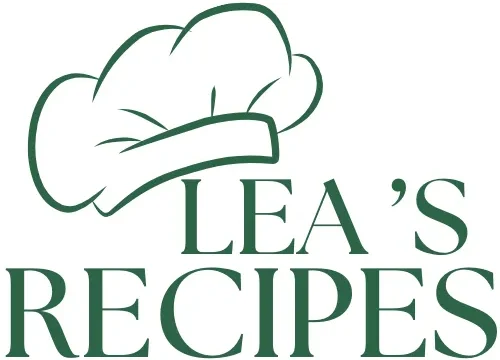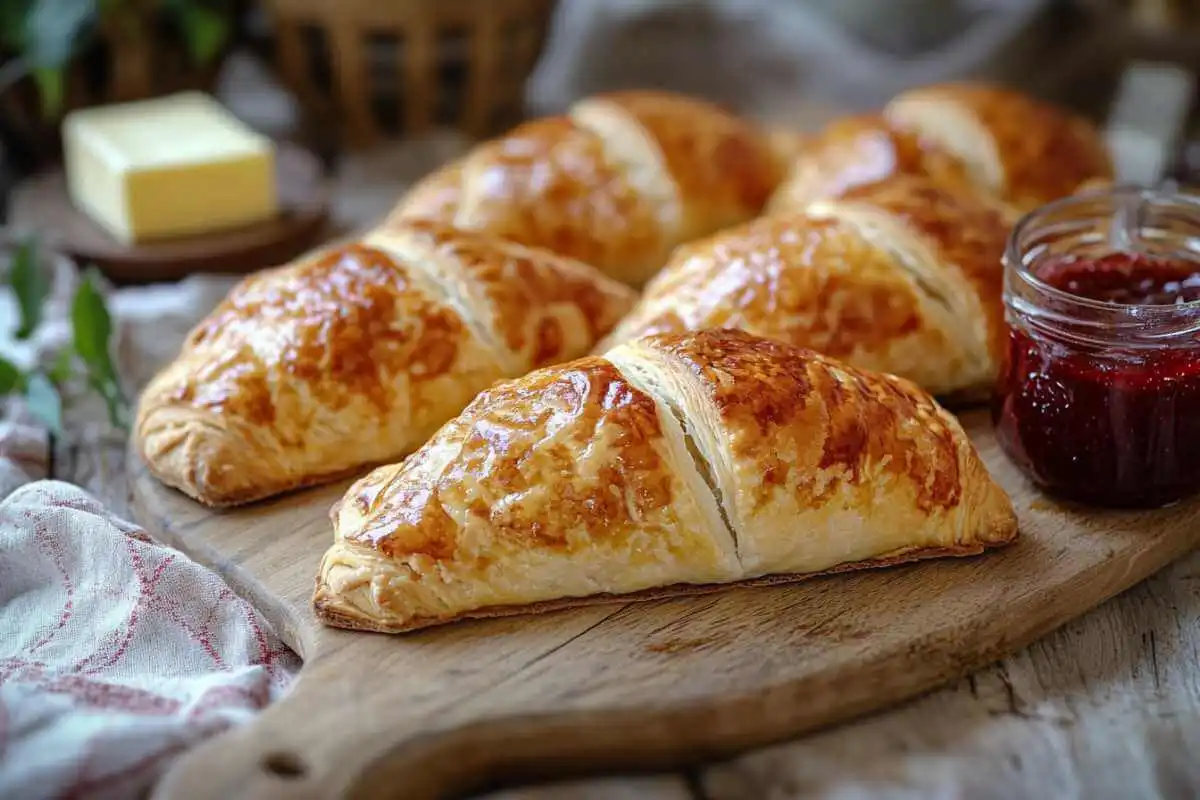The gipfeli recipe is a gateway to experiencing the charm of Swiss baking. Known for its buttery, crescent-shaped design, gipfeli is a pastry that offers a perfect balance of richness and versatility. Whether you enjoy it plain, filled with sweet jams, or stuffed with savory delights, gipfeli is a treat that fits any occasion, from breakfast spreads to celebratory feasts.
Unlike the French croissant, gipfeli has a slightly denser texture and a milder sweetness, making it uniquely Swiss. Its origins lie in the heart of Switzerland’s culinary traditions, where it has been a staple at family tables and festive gatherings for generations. The beauty of the gipfeli recipe lies not only in its taste but also in its adaptability—ideal for both beginner bakers and seasoned chefs looking to create something special.
In this guide, we’ll explore the steps to mastering a traditional gipfeli recipe, discover creative twists and modern trends, and learn how this pastry continues to delight palates around the world. Get ready to bring a slice of Swiss tradition to your kitchen!
Mastering the Art of Gipfeli Recipe
What is a Gipfeli?
A gipfeli recipe introduces you to the delightful world of Swiss pastries, where buttery, crescent-shaped delicacies reign supreme. Similar to the French croissant, gipfeli has its unique qualities that set it apart, such as a slightly denser texture and milder sweetness. Whether served as a breakfast staple or an afternoon snack, these pastries are a testament to Switzerland’s rich culinary traditions.
For other European-inspired treats, explore Donut Cake Recipe, which showcases creative ways to elevate simple pastries into show-stopping desserts.
Why Try a Gipfeli Recipe?
A Taste of Tradition
Gipfeli captures the essence of Swiss baking traditions. Crafted with high-quality ingredients and meticulous attention to detail, they offer a flavor profile that is both rich and delicate. The dough’s buttery layers and the slight chewiness of the pastry make them a versatile treat for sweet and savory pairings.
Perfect for Any Occasion
Whether you’re hosting a brunch or need a snack on the go, gipfeli fits seamlessly into any menu. They pair beautifully with coffee, tea, or even hearty soups like Janga Soup, showcasing their adaptability.
Ingredients in a Gipfeli Recipe
To create the perfect gipfeli recipe, you’ll need a few essential ingredients:
| Ingredient | Quantity | Purpose |
|---|---|---|
| Flour | 3 ½ cups (440 g) | Provides structure and elasticity to the dough. |
| Butter | 1 ½ cups (340 g) | Ensures a rich, flaky texture as the cornerstone of the pastry. |
| Yeast | 2 ¼ tsp (7 g) | Adds lightness and volume by creating air pockets in the dough. |
| Milk | 1 cup (240 ml) | Enhances the dough’s tenderness and flavor. |
| Sugar | 3 tbsp (40 g) | Balances the savoriness with a touch of sweetness. |
| Salt | 1 tsp (5 g) | Heightens the overall flavor profile and complements the sweetness. |
These carefully measured ingredients ensure your gipfeli achieve the perfect balance of flavor, texture, and structure. Adjust quantities slightly to suit your preferences or dietary needs.
For guidance on ingredient measurements and preparation techniques, visit the Hotcake Mix Recipe to learn about the importance of balancing flavors in baked goods.
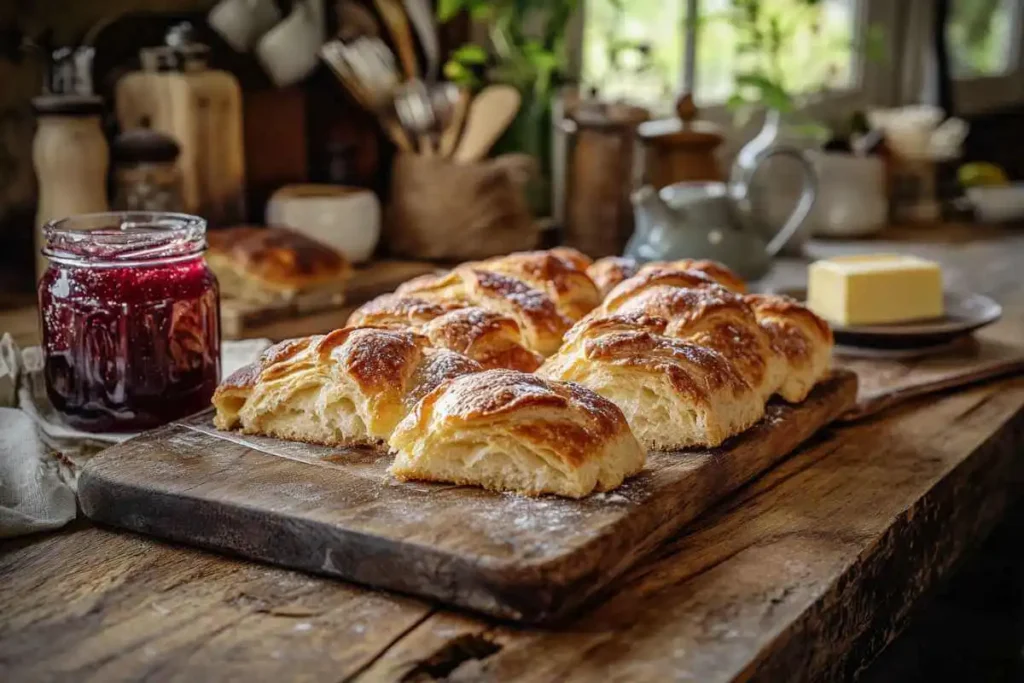
Preparing the Gipfeli Dough
Step-by-Step Guide to Perfect Dough
- Activate the Yeast: Dissolve yeast in warm milk with a pinch of sugar and let it foam.
- Mix the Ingredients: Combine flour, sugar, salt, and the activated yeast mixture to form a soft dough.
- Incorporate Butter: Gradually add softened butter while kneading to ensure even distribution.
- Chill and Rest: Wrap the dough and refrigerate for at least an hour to relax the gluten and enhance its workability.
For another recipe emphasizing the importance of dough preparation, explore How to Mix Pancake Mix, which discusses achieving the right consistency.
Shaping and Baking the Gipfeli
Shaping the Pastries
- Roll Out the Dough: Use a rolling pin to flatten the dough into a rectangle.
- Cut Triangles: Divide the dough into evenly sized triangles.
- Roll into Crescents: Starting at the wide end, roll each triangle toward the point to create the classic crescent shape.
Baking Tips
- Preheat your oven to 375°F (190°C).
- Brush the shaped gipfeli with an egg wash for a glossy finish.
- Bake for 15–20 minutes until golden brown and fragrant.
Why This Gipfeli Recipe Stands Out
The combination of simplicity and elegance makes the gipfeli recipe a must-try. Its versatility allows you to experiment with fillings such as cheese, chocolate, or fruit preserves, making it adaptable to your preferences. Whether you’re a seasoned baker or a beginner, the process of crafting gipfeli is both enjoyable and rewarding.
For additional inspiration, explore the savory side of baked goods with Garlic Parmesan Chicken and Potatoes, which pairs beautifully with flaky pastries like gipfeli.
Perfecting Your Gipfeli Recipe and Exploring Variations
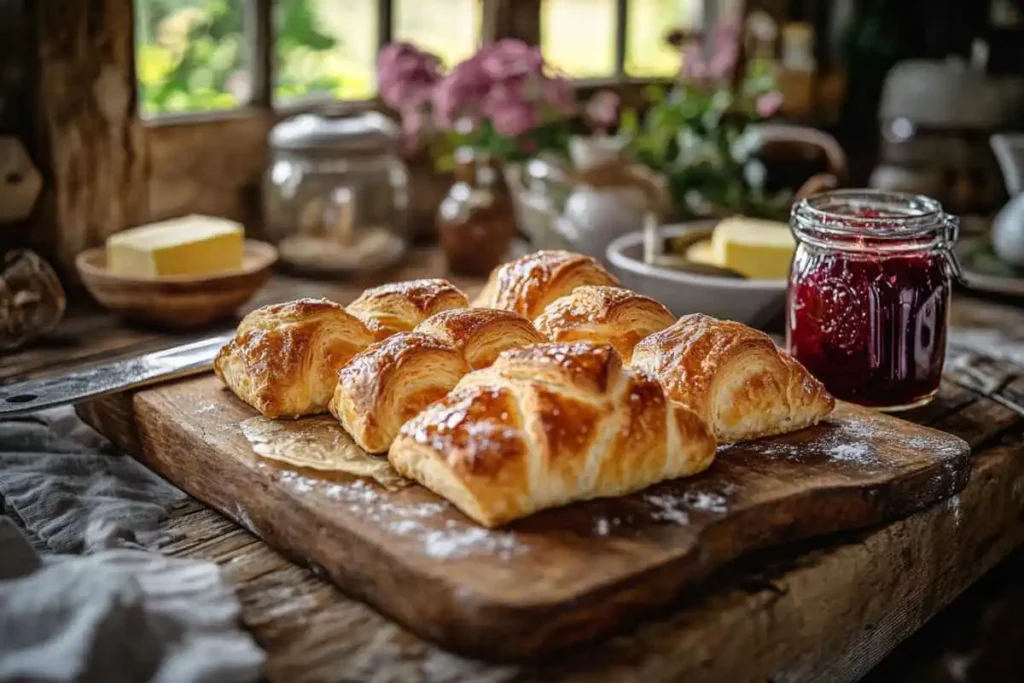
Tips for Perfecting the Gipfeli Dough
The foundation of any great gipfeli recipe lies in mastering the dough. Follow these tips to ensure success:
Handling the Dough
- Chill Between Steps: Resting the dough in the refrigerator prevents the butter from melting and ensures distinct, flaky layers.
- Don’t Overmix: Overmixing activates too much gluten, resulting in a tough pastry.
- Use Cold Butter: Cold butter maintains the pastry’s lightness by creating steam pockets during baking.
For more techniques on achieving perfect textures in baked goods, explore the principles in Hotcake Mix Recipe, which emphasizes balancing moisture and structure.
Creating Flaky Layers in a Gipfeli Recipe
Folding and Rolling
- Roll Out the Dough: Flatten the dough into a rectangle.
- Add Butter Layers: Dot cold butter across the dough and fold into thirds, like a letter.
- Repeat the Process: Roll out again and fold multiple times to create the signature flaky layers.
This layering process is similar to techniques used in pastries like croissants and puff pastry. For more inspiration on versatile doughs, visit Donut Cake Recipe, which highlights creative uses for enriched dough.
Shaping and Filling Variations in a Gipfeli Recipe
While traditional gipfeli are plain, adding fillings can elevate your creation:
Sweet Fillings
- Chocolate Chips: Place a small handful at the base of the triangle before rolling.
- Fruit Preserves: Spread a thin layer of jam or marmalade for added sweetness.
- Nutella: Create an indulgent treat by adding a dollop of Nutella.
Savory Fillings
- Cheese and Ham: A classic combination that works perfectly with the buttery pastry.
- Spinach and Feta: Ideal for those who prefer Mediterranean-inspired flavors.
- Herbed Cream Cheese: A simple yet elegant filling for any occasion.
To explore the pairing of savory and creamy components in recipes, check out Garlic Parmesan Chicken and Potatoes, which balances rich and subtle flavors beautifully.
Baking Your Gipfeli Recipe to Perfection
Pre-Baking Tips
- Egg Wash: Brush the shaped pastries with a mixture of beaten egg and milk for a shiny, golden crust.
- Proofing: Allow the shaped gipfeli to rest for 15–20 minutes before baking to ensure optimal rise.
Baking Guidelines
- Temperature: Preheat the oven to 375°F (190°C) for even browning.
- Timing: Bake for 15–20 minutes or until the gipfeli are puffed and golden.
- Cooling: Let the pastries cool slightly on a wire rack before serving.
For more advice on perfecting the baking process, visit How to Mix Pancake Mix, which emphasizes achieving even cooking results.
Serving Suggestions for Gipfeli
Breakfast and Brunch
- Pair sweet gipfeli with fruit, yogurt, or coffee for a balanced breakfast.
- Serve savory versions alongside eggs, bacon, or smoked salmon for a hearty brunch.
Snacks and Desserts
- Enjoy chocolate-filled gipfeli with a cup of hot chocolate or tea.
- Serve as a light dessert topped with powdered sugar or a drizzle of glaze.
For another baked treat that complements a variety of meals, explore the versatility of Janga Soup, which pairs beautifully with buttery pastries.
Storing and Reheating Gipfeli
Proper Storage
- Short-Term: Keep baked gipfeli in an airtight container at room temperature for up to 2 days.
- Freezing: Freeze unbaked shaped pastries for up to a month. Thaw and bake as needed.
Reheating Tips
- Reheat in the oven at 300°F (150°C) for 5–7 minutes to restore flakiness.
- Avoid microwaving, as it can make the pastry soggy.
Creative Gipfeli Recipe Ideas
Mini Gipfeli
- Use smaller triangles of dough to create bite-sized pastries, perfect for parties or snacks.
Whole Wheat Gipfeli
- Substitute half of the all-purpose flour with whole wheat flour for a healthier option.
Spiced Gipfeli
- Add cinnamon, nutmeg, or cardamom to the dough for a warming, aromatic twist.
For additional creative inspiration, explore Vegetarian Vietnamese Sweet Soup, which demonstrates how spices can transform traditional recipes.
FAQs, Troubleshooting, and Final Thoughts on Gipfeli Recipe
FAQs About the Gipfeli Recipe
What makes a gipfeli recipe unique?
Unlike croissants, gipfeli has a denser texture and is less sweet, making it versatile for both savory and sweet variations.
Can I freeze unbaked gipfeli?
Yes, freeze unbaked shaped pastries in a single layer. Once frozen, store them in a sealed container for up to a month. Thaw and bake when ready.
Do I need a special pastry flour for a gipfeli recipe?
No, all-purpose flour works well, but pastry flour can be used for a lighter, more delicate texture.
How do I prevent butter from leaking during baking?
Keep the dough cold while folding and rolling to maintain the butter layers. Proper chilling prevents leaks.
Can I use puff pastry instead of making the dough from scratch?
Yes, pre-made puff pastry can be a quick alternative, but making the dough from scratch delivers the authentic texture and flavor.
Why is my gipfeli dough tough?
Tough dough usually results from overmixing or not allowing enough resting time. Let the dough relax in the refrigerator before rolling to avoid overworking.
Why didn’t my gipfeli rise?
This could be due to inactive yeast or under-proofing. Always check that your yeast is fresh and give the dough enough time to rise in a warm environment.
How can I achieve even browning?
Brush the gipfeli with an egg wash and rotate the baking tray halfway through the cooking time. This ensures even heat distribution.
Why is my gipfeli soggy?
Sogginess can occur if the butter melts during the folding process. Keep the dough cold and chill between folds.
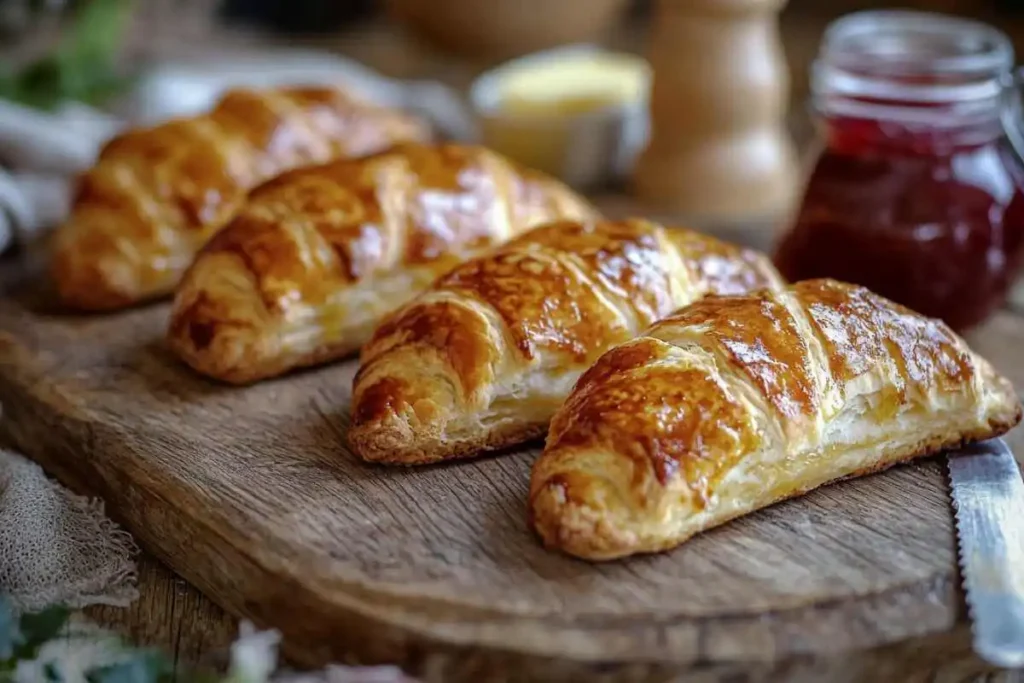
Why You Should Master a Gipfeli Recipe: A Deeper Dive
A gipfeli recipe is more than just a set of instructions; it’s a gateway into the rich tradition of Swiss baking and a canvas for culinary creativity. Here’s why mastering this recipe is a rewarding endeavor:
Tradition in Every Bite
Gipfeli, a beloved Swiss pastry, carries a legacy of cultural heritage and baking excellence. By mastering this recipe, you’re not only learning a new skill but also connecting with a tradition cherished across generations. It’s an opportunity to bring a piece of Swiss culture into your kitchen.
Versatility Like No Other
One of the greatest strengths of a gipfeli recipe is its adaptability:
- Sweet or Savory Options: From chocolate and fruit-filled delights to ham-and-cheese-stuffed indulgences, gipfeli can be tailored to any taste preference.
- Pairing Potential: These pastries complement a range of meals, from a simple breakfast with coffee to an elegant dinner alongside hearty dishes like Janga Soup.
Their versatility ensures they can shine in any setting, whether as a quick snack, part of a brunch spread, or a gourmet addition to a dinner table.
Mastering the Craft of Flaky Perfection
Crafting gipfeli from scratch teaches fundamental baking techniques, including working with yeast dough, folding butter layers, and achieving the perfect bake. These skills extend beyond gipfeli, enriching your overall baking repertoire. The hands-on process, from kneading to shaping, is as satisfying as the end result.
For additional inspiration on experimenting with doughs and fillings, explore the Donut Cake Recipe, which celebrates the art of transforming simple ingredients into stunning baked creations.
A Pastry for All Occasions
The beauty of gipfeli lies in its ability to fit seamlessly into any occasion:
- Casual Gatherings: Offer plain or chocolate-filled gipfeli as an easy-to-share treat.
- Elegant Events: Present savory versions as part of a sophisticated hors d’oeuvre spread.
- Seasonal Celebrations: Add festive fillings like spiced apple or cranberry compote for holiday gatherings.
The Joy of Homemade
There’s something deeply rewarding about crafting gipfeli from scratch. The process engages your senses—the smell of the butter-rich dough, the sight of golden pastries emerging from the oven, and the crisp, flaky texture with every bite. These small moments of joy make baking gipfeli a fulfilling experience.
Elevate Your Culinary Creativity
A gipfeli recipe offers endless room for experimentation, allowing you to explore:
- New flavor combinations, such as combining sweet and savory elements.
- Creative presentations, like mini gipfeli for party platters.
- Healthy alternatives, such as incorporating whole-grain flours or low-fat fillings.
For further ideas on innovation in baking, check out Hotcake Mix Recipe, which provides tips on customizing baked goods.
Final Thoughts
Mastering a gipfeli recipe is more than learning to make a delicious pastry—it’s a journey into tradition, creativity, and culinary satisfaction. Whether you’re indulging in buttery layers at breakfast or crafting an elegant platter for guests, gipfeli is a recipe that rewards your effort and enhances your table.
Start today, and experience the joy of creating this classic Swiss treat while expanding your baking skills!
